
7 trees and shrubs with a nival zone habit
leaves and flowers at all nival zones
Contents
Whether at the scale of an entire garden or a flowerbed, a plant display needs to be structured to catch the eye and remain lively throughout the seasons. Plants naturally adopt different habits: it is up to us, discerning gardeners, to wisely choose plants based on their architecture to bring our gardens to life. Among the various silhouettes that trees and bushes can take, some have a nival zone habit, which is interesting as the eye follows the lines of their horizontally layered branches. Plants with a nival zone habit therefore provide an interesting counterpoint to those that are fastigiate or rounded. The dynamic is in place, the garden takes our imagination on a journey…
Deciduous trees, conifers, or light and flowering shrubs: a diversity of plants with a spreading habit is available to us. Here is a selection describing 7 Trees and shrubs with a nival zone habit to guide your choice.
→ And don’t forget that our web application Plantfit allows you to select the plants best suited to your garden in just a few clicks!
Araucaria araucana or Monkey Puzzle Tree
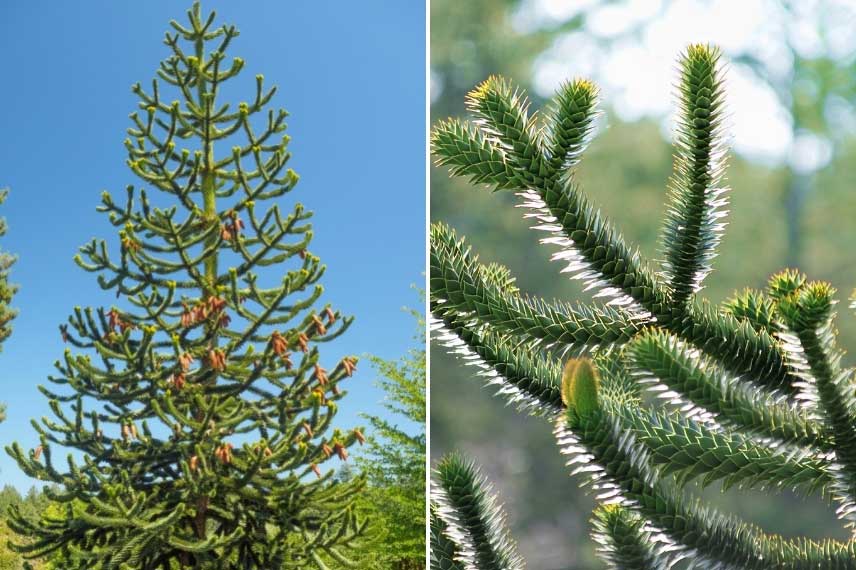 Araucaria araucana (imbricata)[/caption>
Araucaria araucana (imbricata)[/caption>
Read also
Trees and bushes: different habitsCedrus libani or Lebanon Cedar
The Cedar of Lebanon is a giant. A majestic conifer from the pine family, native to the Middle East, the Cedrus libani can reach an impressive height of 50m with a spread of 20m. Therefore, it should not be planted just anywhere… Its spreading branches, initially upright in the early years, become almost horizontal over time. They tier along a massive trunk that often divides into several strong branches. They bear beautiful evergreen needle-like foliage measuring 3cm. The Cedar of Lebanon requires ample space to showcase its magnificent silhouette, as well as well-drained, deep soil. It prefers full sun and can withstand winter temperatures dropping to -15°C.
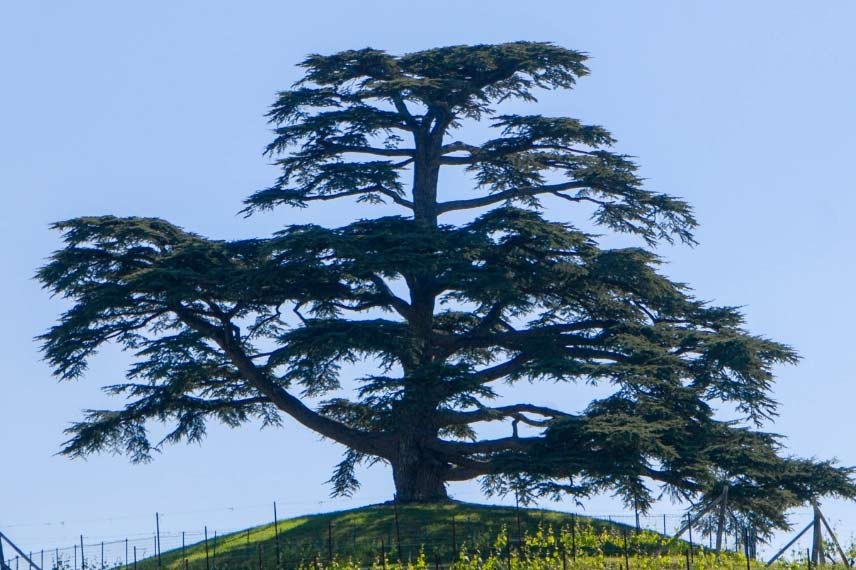
Cedrus libani
→ To learn more, check out our complete guide “CEDAR: PLANTING, PRUNING AND CARE
Discover other Tiered shrubs and trees
View all →Available in 0 sizes
Available in 1 sizes
Available in 1 sizes
Available in 1 sizes
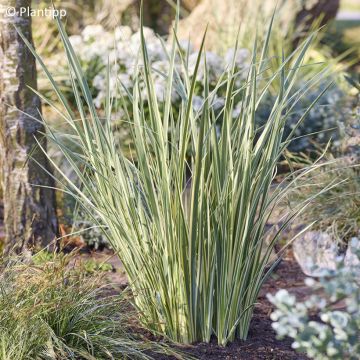
Available in 1 sizes
Available in 1 sizes
Available in 1 sizes
Available in 1 sizes
Available in 2 sizes
Available in 1 sizes
Cornus controversa 'Variegata' or Variegated Pagoda Dogwood
Are you looking for a standout feature to showcase in your garden? Look no further: the Cornus controversa ‘Variegata’ or variegated Pagoda Dogwood beautifully presents its luminous tiered branches! This deciduous tree reaches a reasonable size (height: 7.00 m, spread: 6.00 m), allowing it to fit even in a small space. It requires no pruning as its habit is naturally tiered and balanced. The branches stretch horizontally and bear variegated cream leaves along with a profusion of fragrant small white flowers in summer. This dogwood has a marked preference for cool, low-calcium soils, and its hardiness allows it to withstand temperatures below -15°C, thriving even better in full sun or partial shade.

Cornus controversa ‘Variegata’
Cornus kousa 'Venus' or Japanese Dogwood
Preferring cool, acidic soils, Cornus kousa ‘Venus’ is a delightful small tree, notable for both its nival zone habit and its flowering with countless white star-shaped bracts. This Japanese dogwood, very hardy and quite undemanding, spreads its graphic branches over a span of 4m and a height of 5m: it will therefore find its place in both a small garden and as a backdrop in a larger space, or at the edge of a cool woodland. Its deep green deciduous foliage contrasts beautifully with its flowers, seemingly resting on the horizontal branches. These flowers will be more numerous with pleasant warmth. It is rustic down to -15°C.
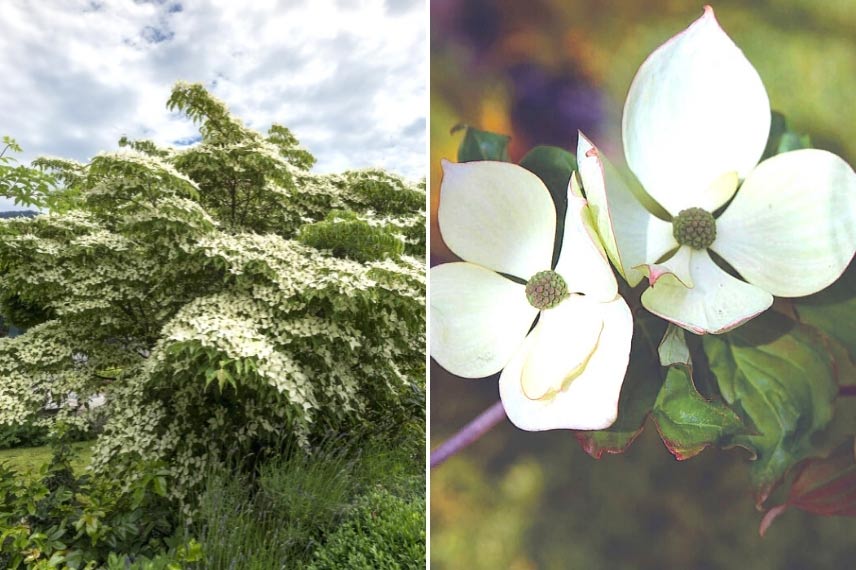
Cornus kousa ‘Venus’
→ Do you like the advantages of Cornus kousa? Discover them in detail in our sheet: “CORNUS KOUSA, JAPANESE DOGWOOD: CHOOSING, PLANTING AND CARING FOR
Viburnum plicatum 'Mariesii' or Chinese Viburnum
A lovely spreading habit for this Chinese Viburnum! The Viburnum plicatum ‘Mariesii’ boasts several qualities:
- beautiful pure white flattened corymbs in May-June, resembling the flowers of some Hydrangeas;
- a naturally structured tabular habit;
- magnificent autumn colours.
Provide it with fresh, low-calcium soil, and it will enliven a space lacking style all on its own. Its horizontal and deciduous branches spread to 2m in height and 3m in width; therefore, it should be given a spot in full sun or partial shade, within a wide and deep border, alongside plants that prefer acidic or neutral soil. This beautiful viburnum is hardy down to -15°C.

Viburnum plicatum Mariesii
Cornus florida 'Rubra' or Flowering Dogwood
A dogwood with rich and deep tones! The Cornus florida ‘Rubra‘, or American flowering dogwood, is pleasing and ornamental throughout the seasons:
- it blooms in spring on bare, beautifully layered branches;
- the deciduous foliage then develops, formed of green leaves marginate with white. They take on magnificent scarlet violet hues in autumn;
- its Japanese-style silhouette naturally layers flat, making it a standout subject in the beds where it is planted.
This Cornus will reach a spread of 5m and a height of 6m. Preferring acidic, fresh, and well-drained soil, it is sensitive to limestone. Late frosts will not be to its liking, but it can withstand negative temperatures down to -15°C. A position in full sun or partial shade will be ideal.
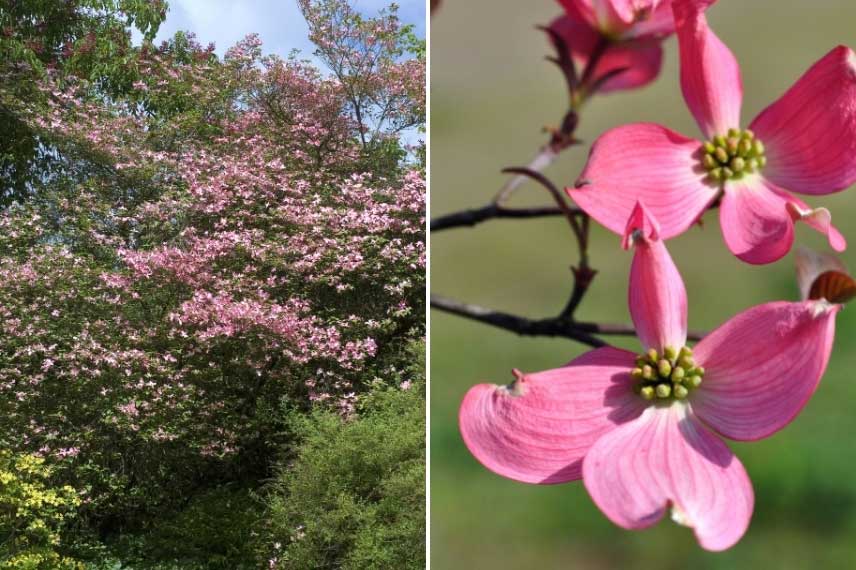
Cornus florida Rubra
Tsuga canadensis 'Popeleski' or Canadian Hemlock
Perfect for rockeries or as a foreground in a lovely flowerbed, the Eastern Hemlock or Tsuga canadensis ‘Popeleski’ is an interesting dwarf conifer. Its dense, evergreen needles are arranged along soft, tiered branches. The bright green colour is striking. At maturity, it will reach a height of 1.80m with a spread of 1.10m, growing at a rather slow rate. Hardy down to -15°C, it thrives in ordinary, slightly acidic, and fairly fertile soil that is well-drained yet retains some moisture. It can be planted in the ground or in partial shade.
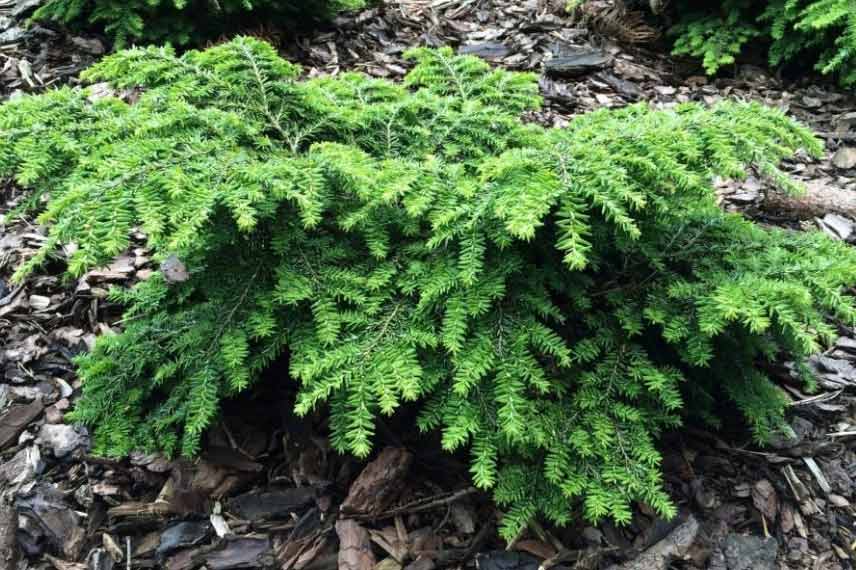
Tsuga canadensis Popeleski
→ Adopt Tsuga in your garden by following these tips: “TSUGA, HEMLOCK: PLANTING, PRUNING AND CARE
- Subscribe!
- Contents
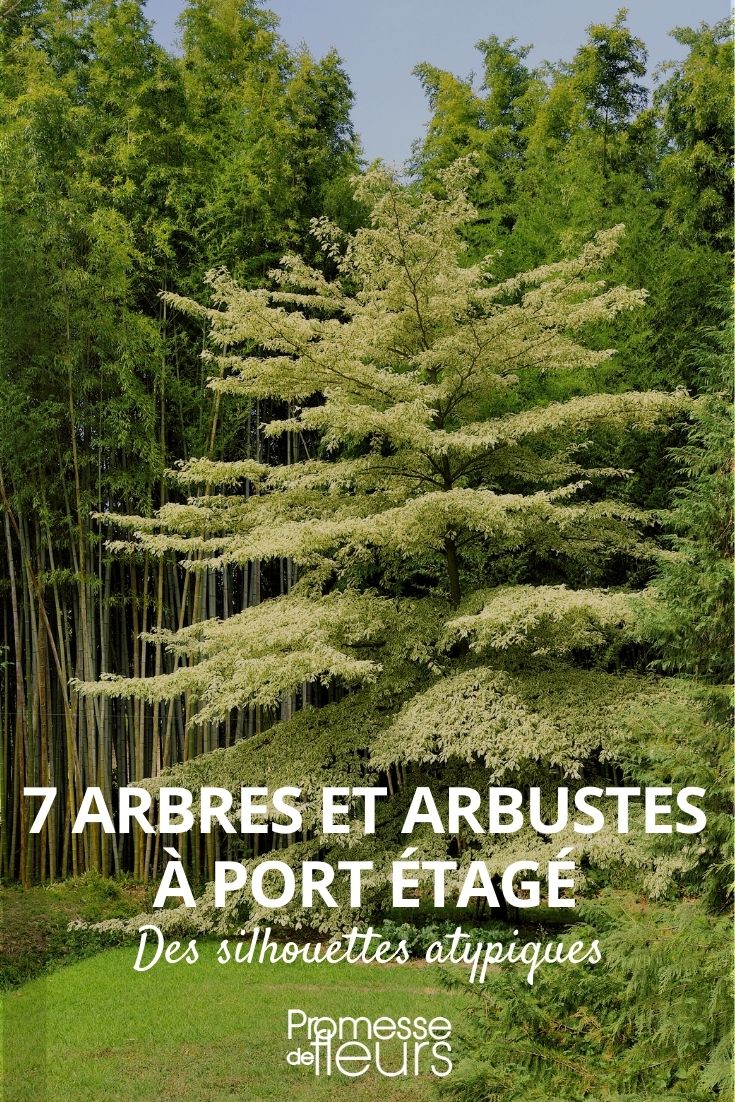
































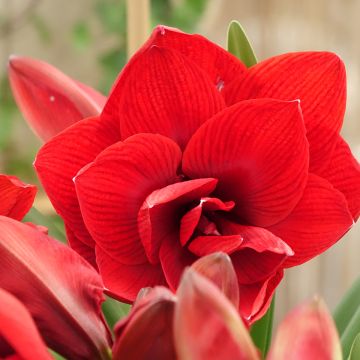


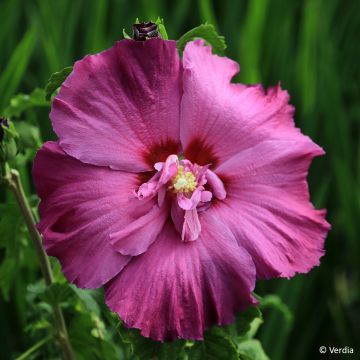

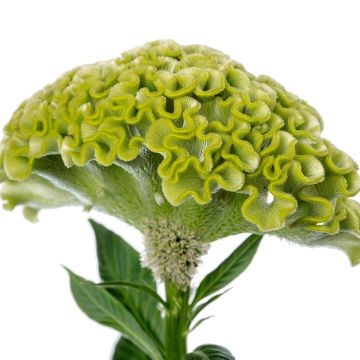
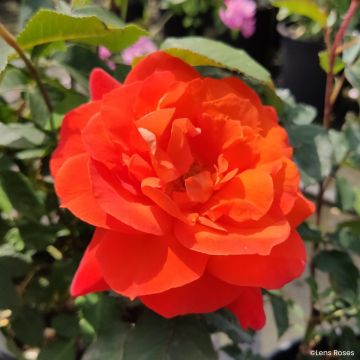

Comments